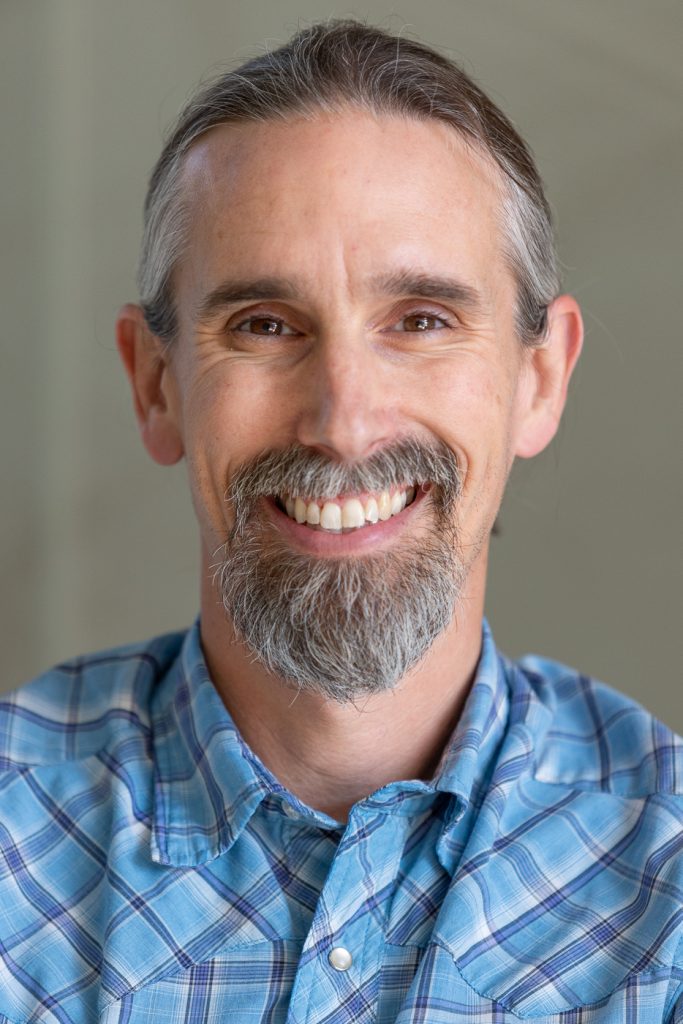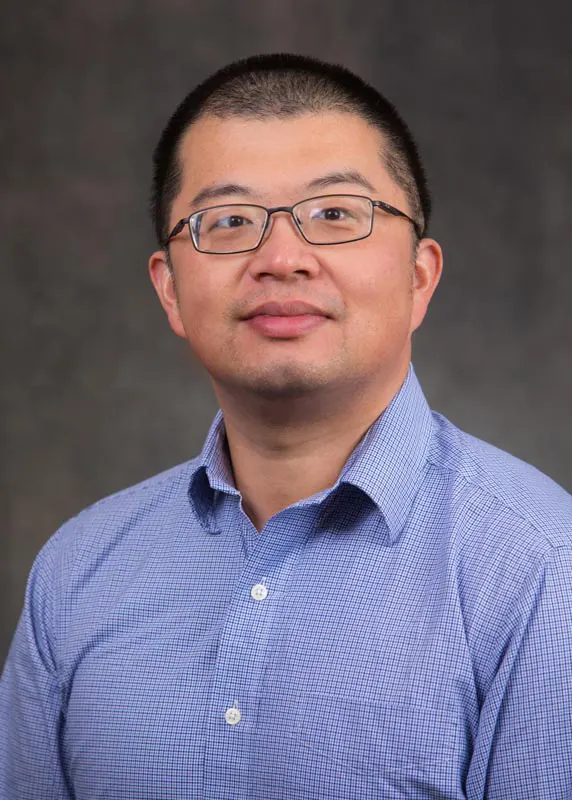Phone

Gregg Sanford is an assistant professor and Hub-funded faculty in the UW–Madison Department of Soil and Environmental Science. He traveled around the world growing up but spent each summer on his small family dairy farm in Viola, Wis. Sanford’s summer experiences growing up stuck with him, and after graduating from New College of Florida in 2002 with a B.A. in Biology (Field Botany) he turned his sights toward farming. His professional development has included private sector agricultural research in Florida, working on one of Wisconsin’s largest and most diversified organic vegetable farms, designing and implementing over 20 on-farm research trials, and more than a decade of experience with long-term, large-scale cropping systems experiments at the University of Wisconsin’s Research Stations.
This project supports repairs and upgrades to a specialized piece of equipment, a Kemper C2200 forage harvester, which is used for research on small crop plots. The harvester helps collect and measure plant material, like corn silage, from different research areas where various treatments are being tested (such as manure application or soil amendments). These upgrades will improve the machine’s performance and accuracy, allowing researchers and students to better understand how different farming practices affect soil health and crop growth.









